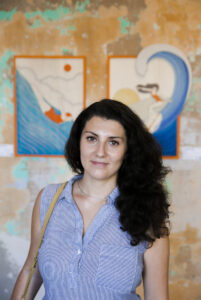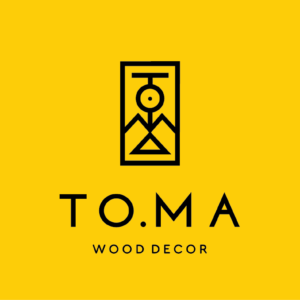Wood As an Art by Tamara Knopinsky.
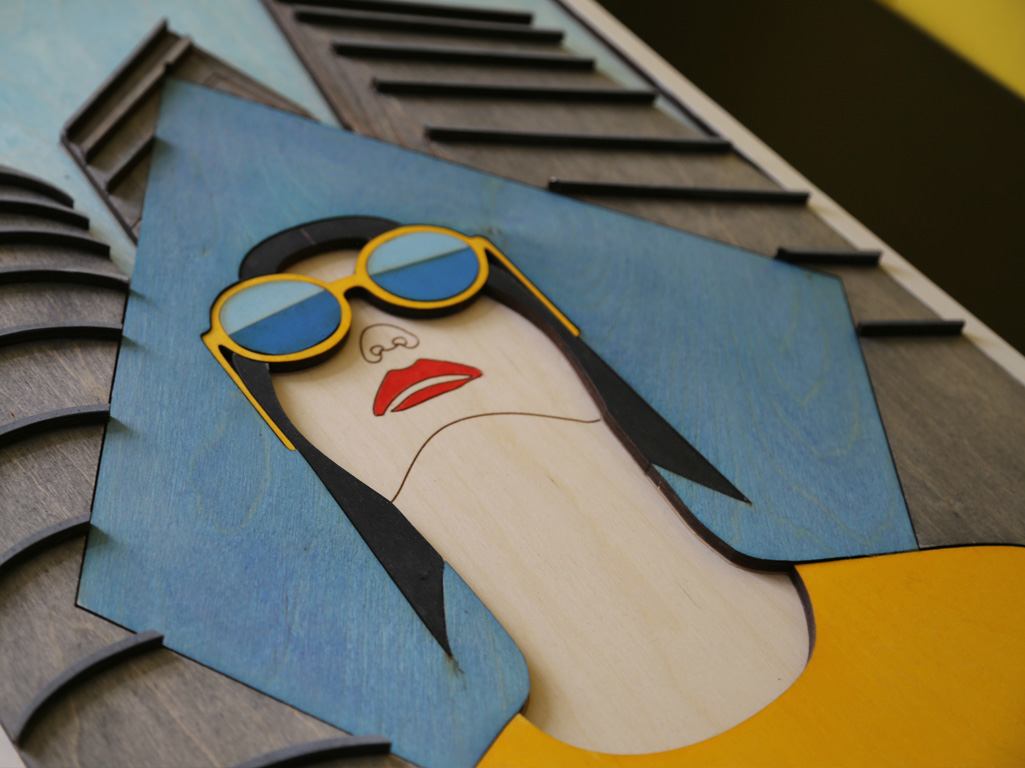
Artist Tamara Knopinsky shared with DI CATALOGUE magazine insights about her work and the unique process of creating wooden artworks.
About the Artist:
City: Tel Aviv
Field: Interior designer, artist
Brand: TO.MA Wood Art
Tamara, tell us about yourself and how your brand was created
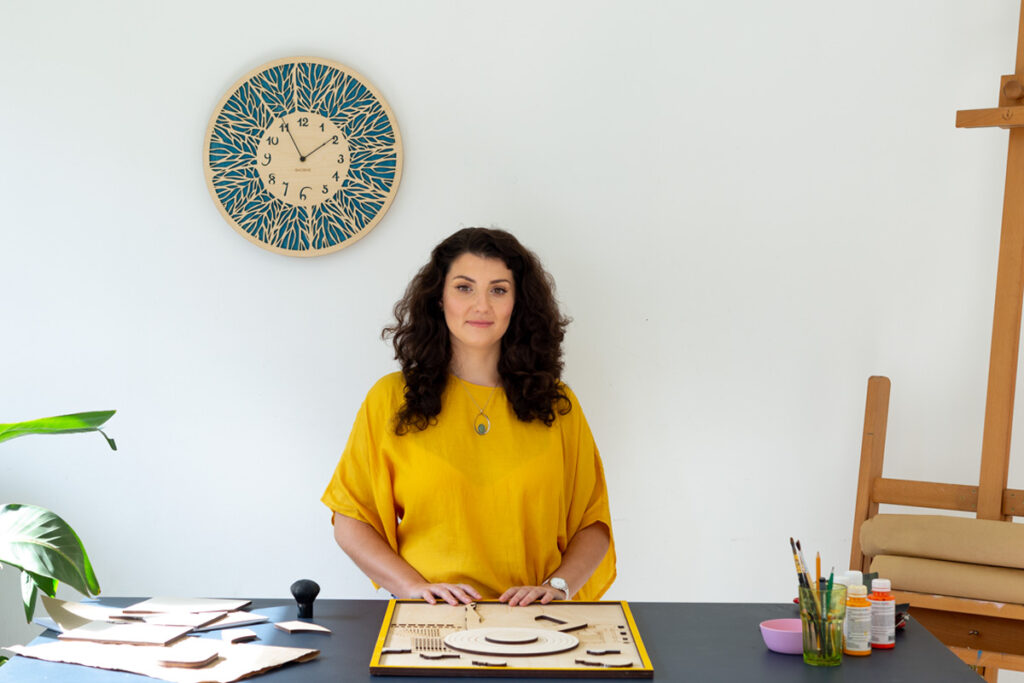
I have a degree in interior design and have been passionate about art since childhood. I loved drawing, exploring different forms of creativity, and immersing myself in the world of theater, museums, and exhibitions. By the time I was in school, I already knew I would work in this field.
After graduating, my colleague and I founded a studio for custom wooden interior accessoires in St. Petersburg. We started with designing wall clocks, and the idea quickly gained traction. Then, the market was flooded with cheap plastic clocks, so we offered an alternative—stylish, eco-friendly, handcrafted interior décor. It coincided with the growing popularity of eco-style, and our work found its audience.
Through working with wood, I discovered plywood—a material that resonated with me. After moving to Israel, I continued to develop this direction, and today, my brand has been around for 11 years.
Why exactly wood?
I’ve always loved natural textures, especially wood. It’s a living warm material, it has a pleasant texture, and looks stunning in interior spaces. Plywood, in particular, captivated me with its flexibility and ability to create intricate forms and layered compositions. The type of plywood I use is minimalist, light-colored, and free of strong wood grain patterns, making it the perfect canvas for my work.
How did you transition from functional accessories to art?
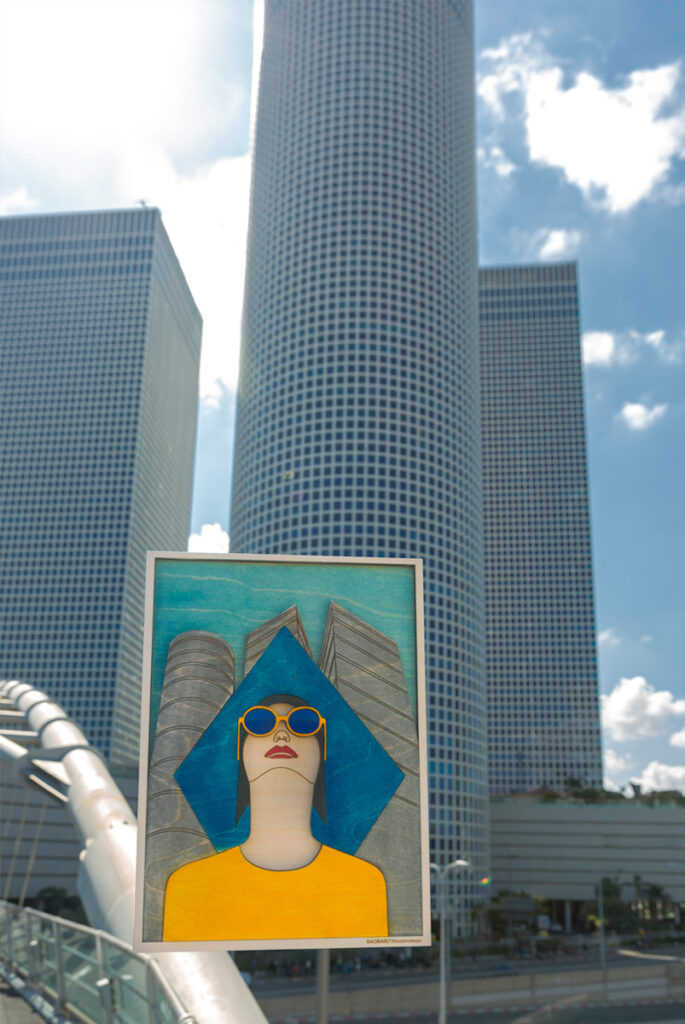
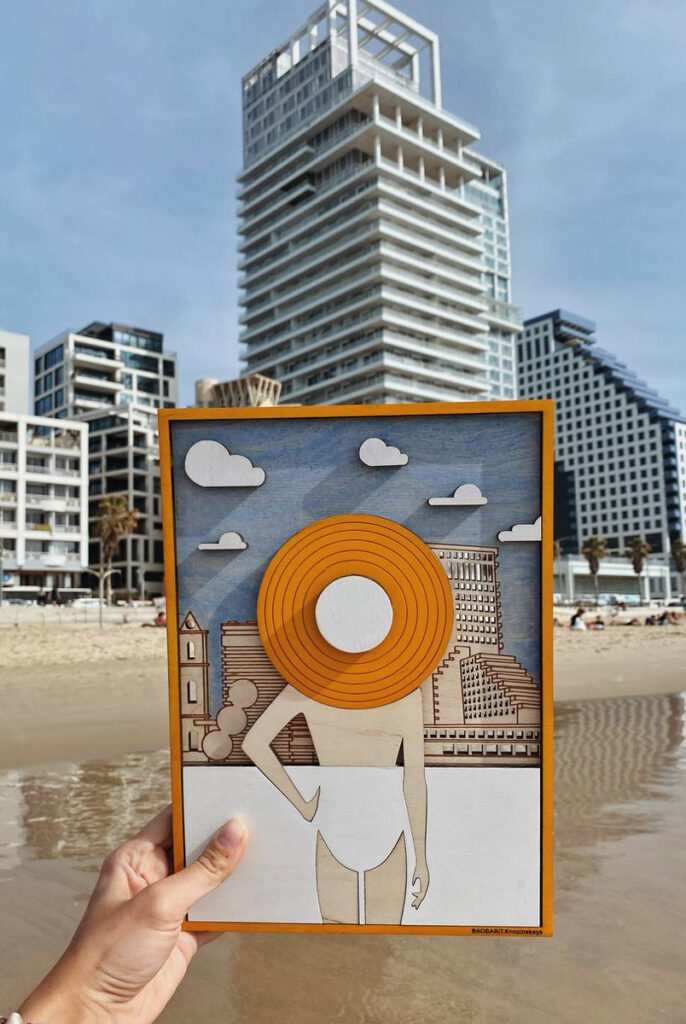
I started creating paintings after moving to Israel. Previously, I focused more on functionality—making interior accessories. But after relocating, I decided to rethink my brand’s concept. I wanted to participate in exhibitions and dive deeper into creative expression, which led me to start making paintings.
My first works in Israel—Azrieli and BeachTLV—were exhibited at Eclectic TLV Exhibition, curated by Ella Cohen and Liya Geldman. The audience’s enthusiastic response ultimately convinced me that I was on the right path. I enjoyed working with volume, texture, and relief.
The series of paintings with girls became popular. Inspired by feminine beauty and aesthetics, I create faceless silhouettes filled with character. The lack of detailed features makes them universal and open to interpretation. Their minimalist nature, combined with expressive color accents, turns them into striking interior art pieces. In the future, I’d love to explore male figures as well.
How did the Bauhaus series come about?
I’ve always been fascinated by architecture, especially Tel Aviv’s UNESCO-listed buildings. The Bauhaus houses caught my eye, and one day, I decided to create a painting inspired by one of them. The first was Bruno House.
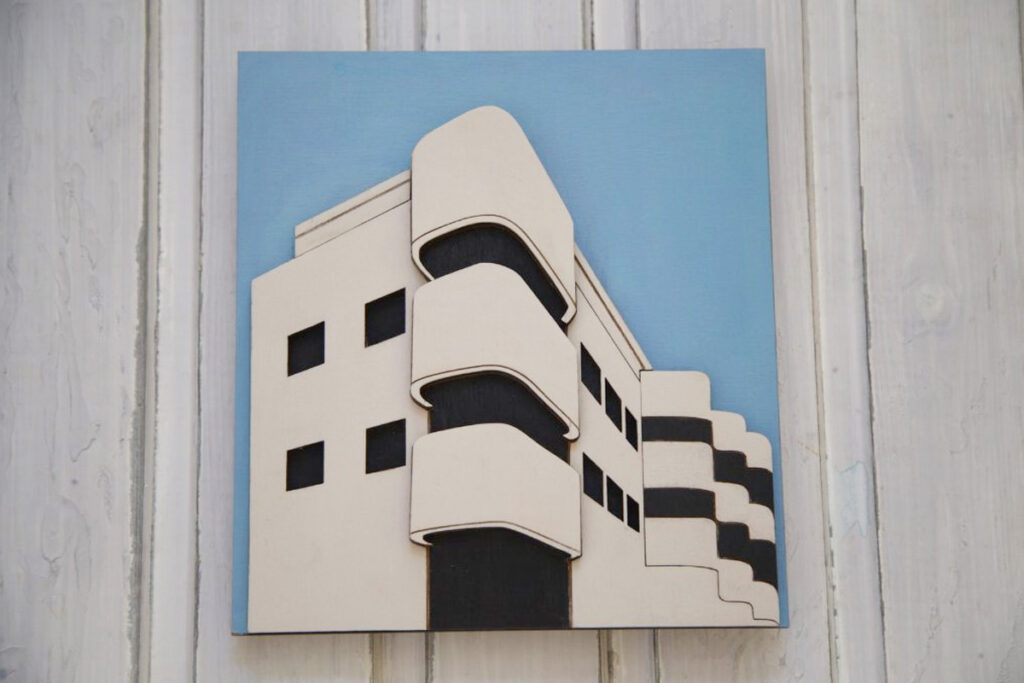
I loved minimalism, lightness, bold accents, and depth in this work. And, of course, the connection to architecture. This series became a bridge between my passion for art and my profession as an interior designer. After Bruno House, I created Soskin House, Ship House, and Rubinsky House. Recently, I completed Shabazi, a piece commissioned by a blogger Tanya Liberman to celebrate the opening of her store in Neve Tzedek.
Currently, my collection features five Bauhaus buildings, which are especially popular among tourists and architects. Many people buy them as gifts or souvenirs from Tel Aviv. For over two years, I’ve been collaborating with the Bauhaus Center, where the entire series is showcased. I plan to expand the collection, possibly adding larger-format works.
A memorable moment happened with my first Bruno House painting. I always photograph my artworks in front of the actual buildings they depict. While my photographer and I were shooting Bruno House on location, a man approached us—he turned out to be the building’s restoration architect. He loved the painting so much that he bought it on the spot!
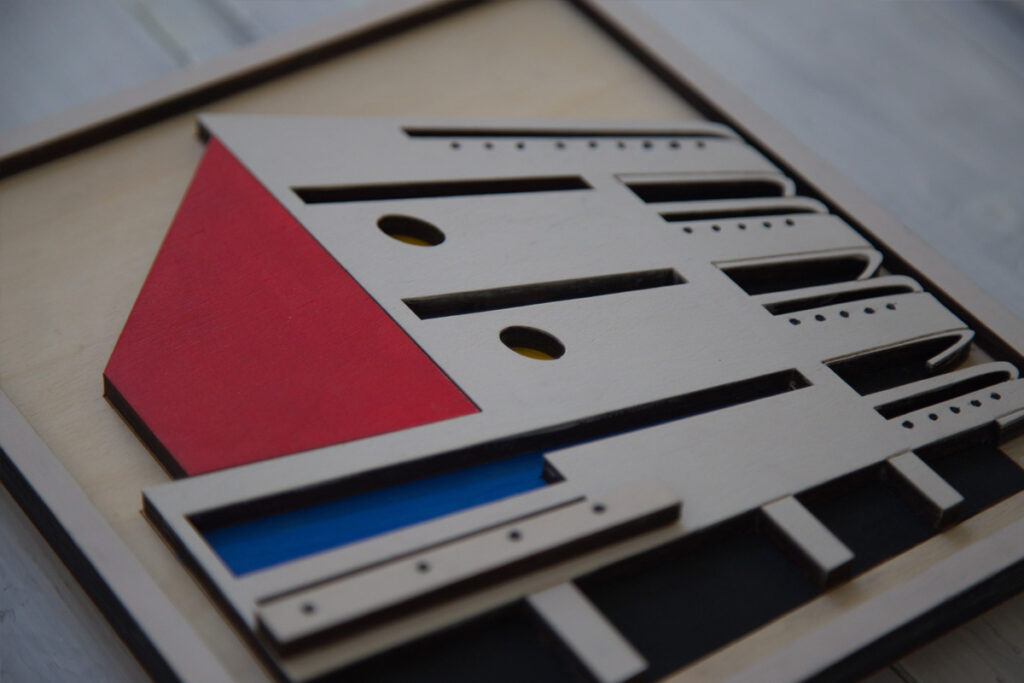
Tell us about your creating process: how do your paintings come to life?
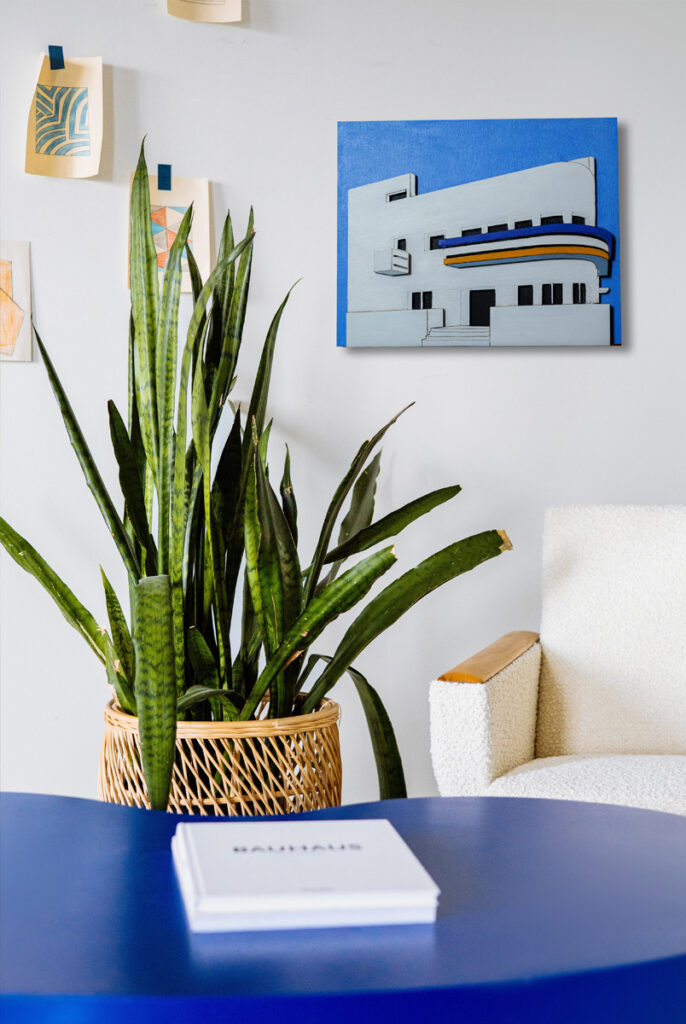
What I enjoy most about my work is the process of bringing an idea to reality. Whether I’m creating freely, working on commissions, or collaborating with brands, my workflow follows a structured approach:
– Idea. It can strike in five minutes or take five hours. I start by gathering visual references—photos, inspirations, and architectural elements if I’m working on a building. I mentally envision how to stylize it.
– Sketching. I begin with hand-drawn sketches, selecting the style and color palette. Sometimes, this stage sparks ideas for an entire series.
– Vectorization and depth planning. Once the composition is finalized, I convert it into a vector format, preparing it for laser cutting. I refine the details, and occasionally, I create cardboard mockups to better understand the material and proportions.
– Production. The vector file is sent for laser cutting. I pay close attention to material quality, ensuring I use the finest plywood available. I also carefully arrange the pieces on the plywood sheet to avoid knots or patches, as imperfections in key areas—like a dark spot on a figure’s face—would be distracting. After cutting, I sand down any burnt edges for a clean finish.
– Assembly. I sand, paint with acrylics, apply a matte or semi-matte varnish, then sand again. Each piece is glued by hand, pressed, and clamped to ensure perfect adhesion. After a final sanding, the artwork is complete.
I love the moment of creating the first painting in a series—it always feels like magic. But the most rewarding part is seeing the audience’s reaction.
What challenges do you come across in your work?
The biggest challenge is sourcing materials. The high-quality birch plywood I used in Russia isn’t available in Israel. Specifically, I need a premium-grade plywood designed for laser cutting. Because of this, I have to import it, which increases costs and lead times. However, I’m now experimenting with new textures and materials, and I’m confident this will lead to a fresh collection.
Does color play a special role in your paintings?
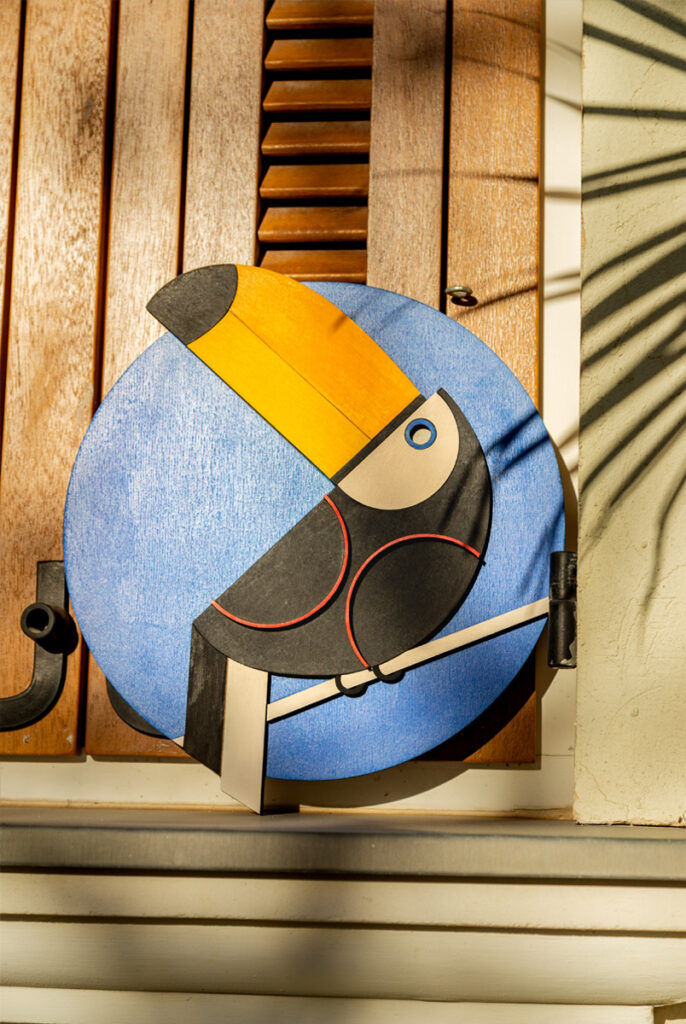
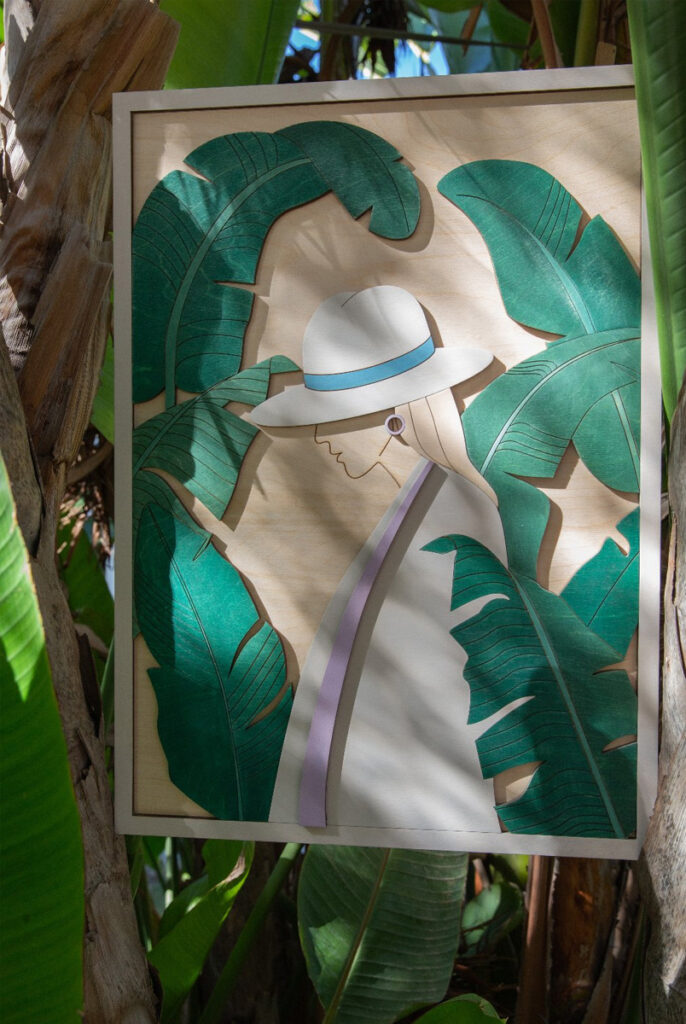
Bold color accents are one of my favorite techniques—both in interiors and in my paintings. I approach my artwork not only as an artist but also as an interior designer, intuitively sensing how a piece will interact with a space.
I love mixing textures: leaving some wood unpainted while adding vibrant color blocks. This layering creates depth and volume. Color helps convey mood, sharpens the lines, and enhances the composition. At the same time, I also have collections in softer, pastel tones.
Do you create custom works and collaborations?
I’m open to collaborations and work with interior designers, companies, and private clients.
Some of my projects include:
- Corporate gifts with engraved logos
- Signage (such as for Eclectic TLV)
- Hotel and restaurant decor (one of my favorite projects was for the Woody Allen café)
I also create custom portraits, which are often commissioned as gifts. The first one I made was for my husband—his red beard and black glasses inspired me. That portrait became the start of a whole series.
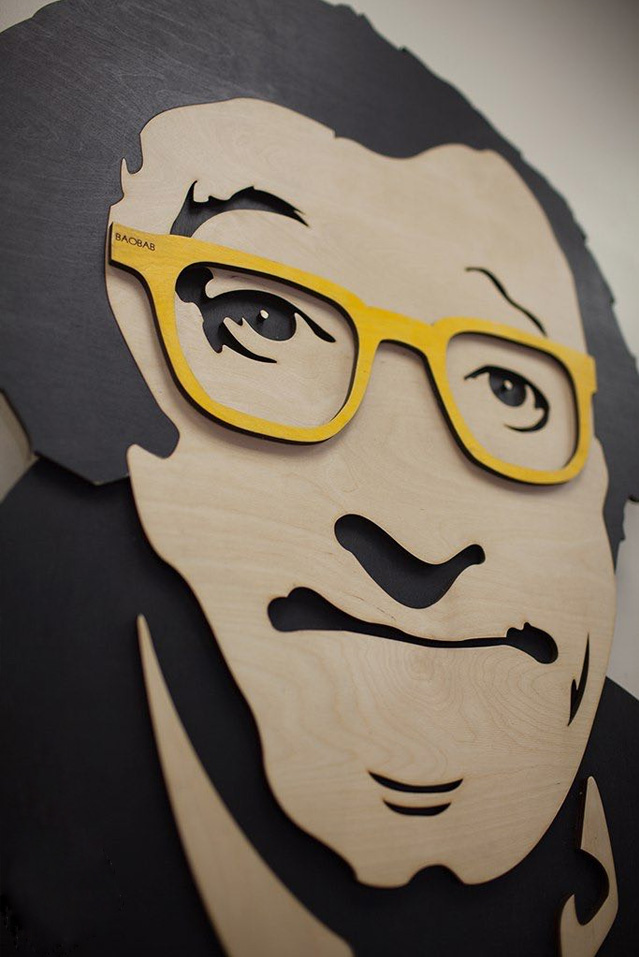
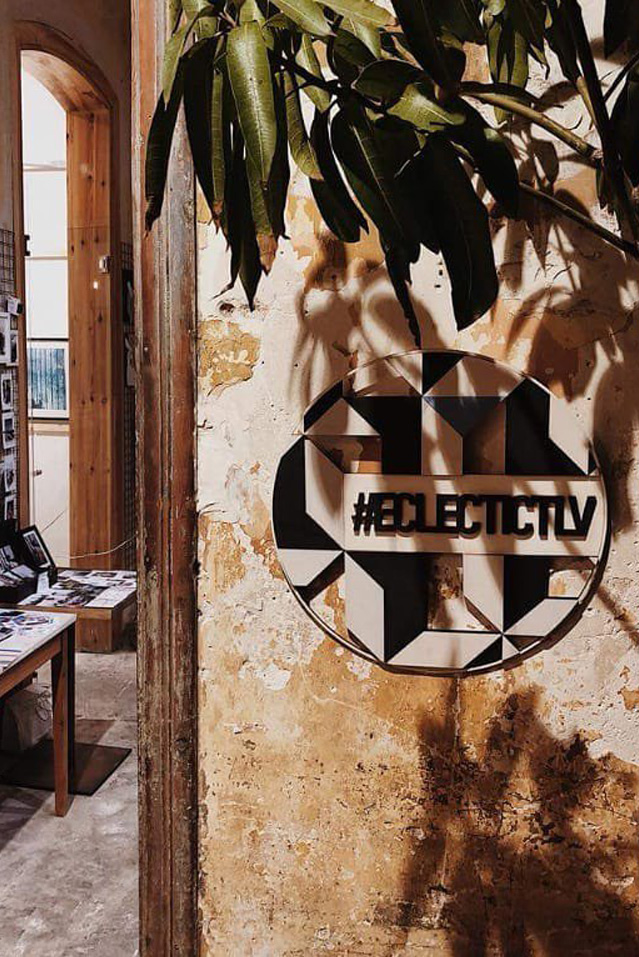
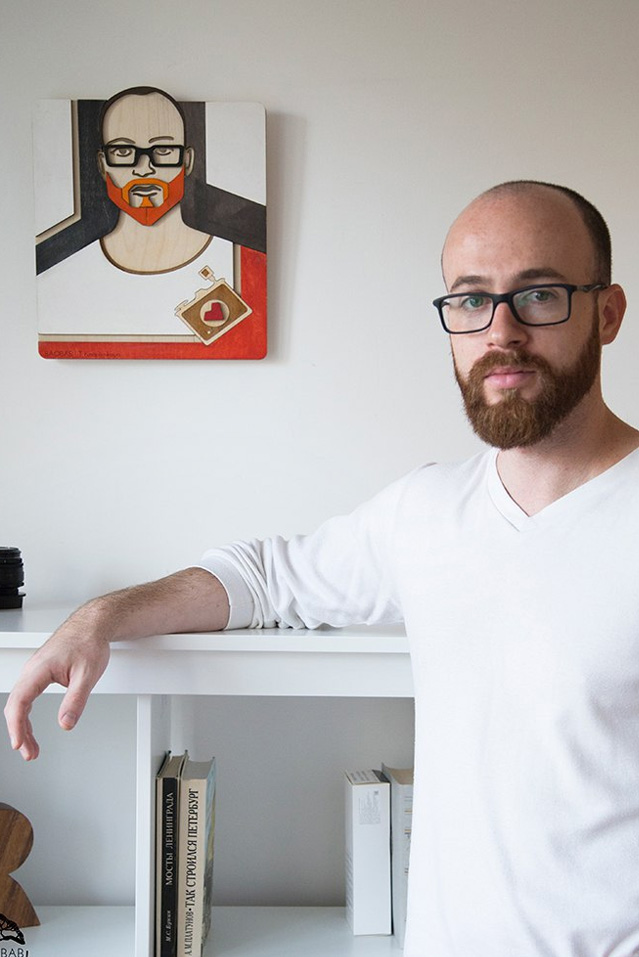
Do you follow design trends?
I create art that resonates with me. Sometimes, I unintentionally align with trends, but I don’t chase them. Inspiration and artistic freedom are far more important to me.
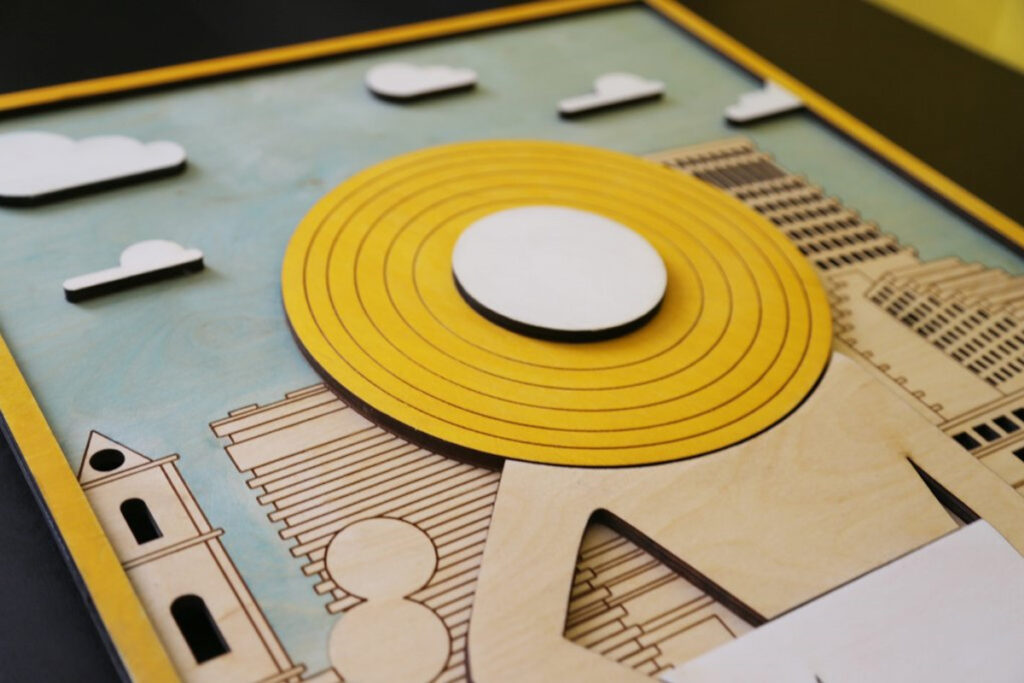
Interview by Nadia Kraginskii and Olga Goldina for DI CATALOGUE
